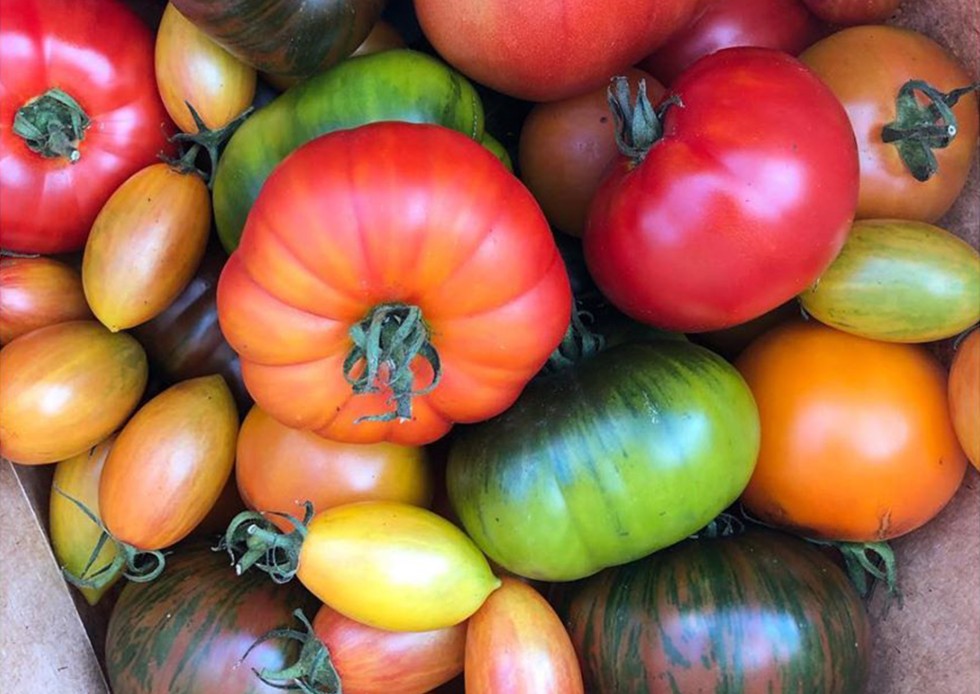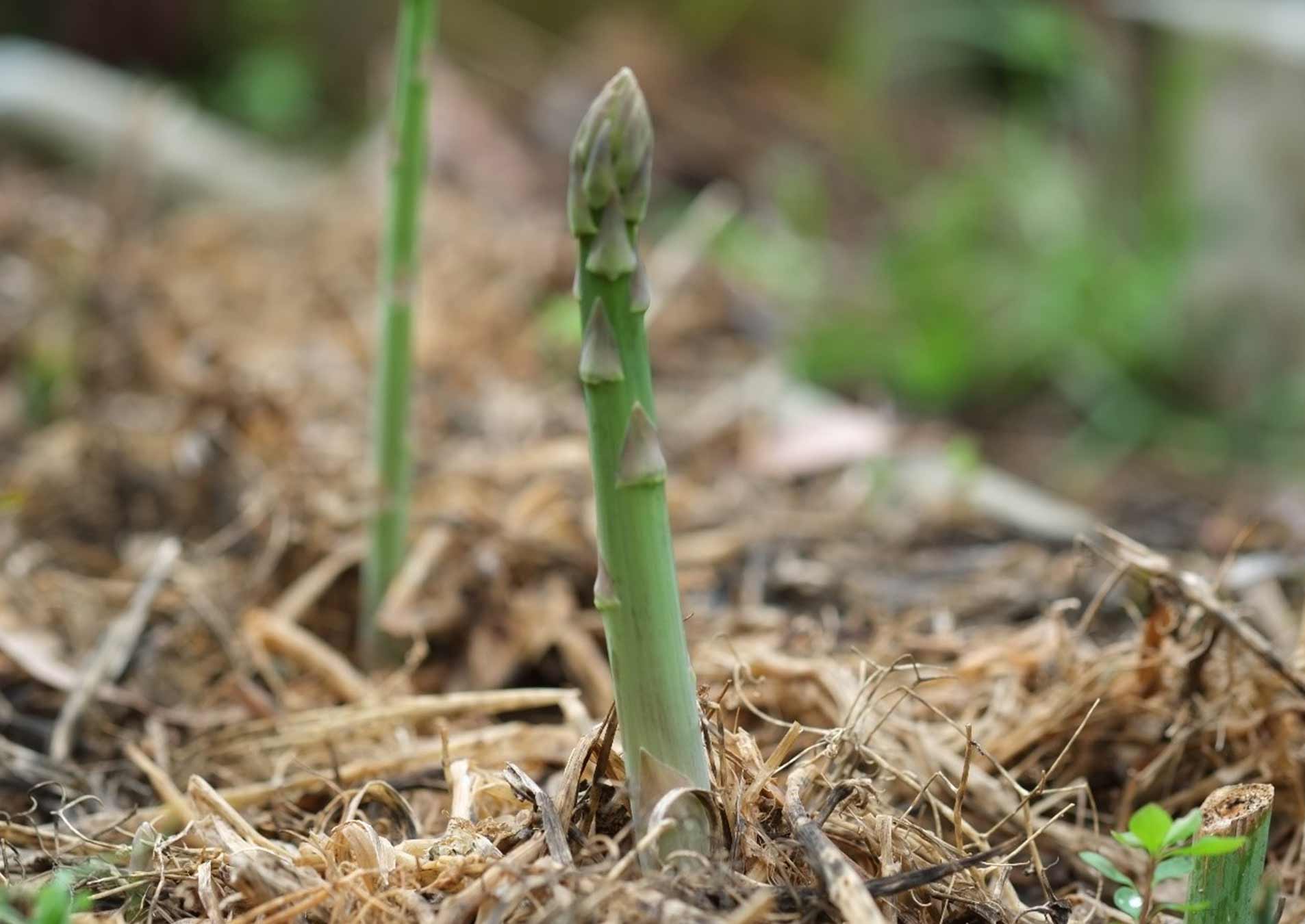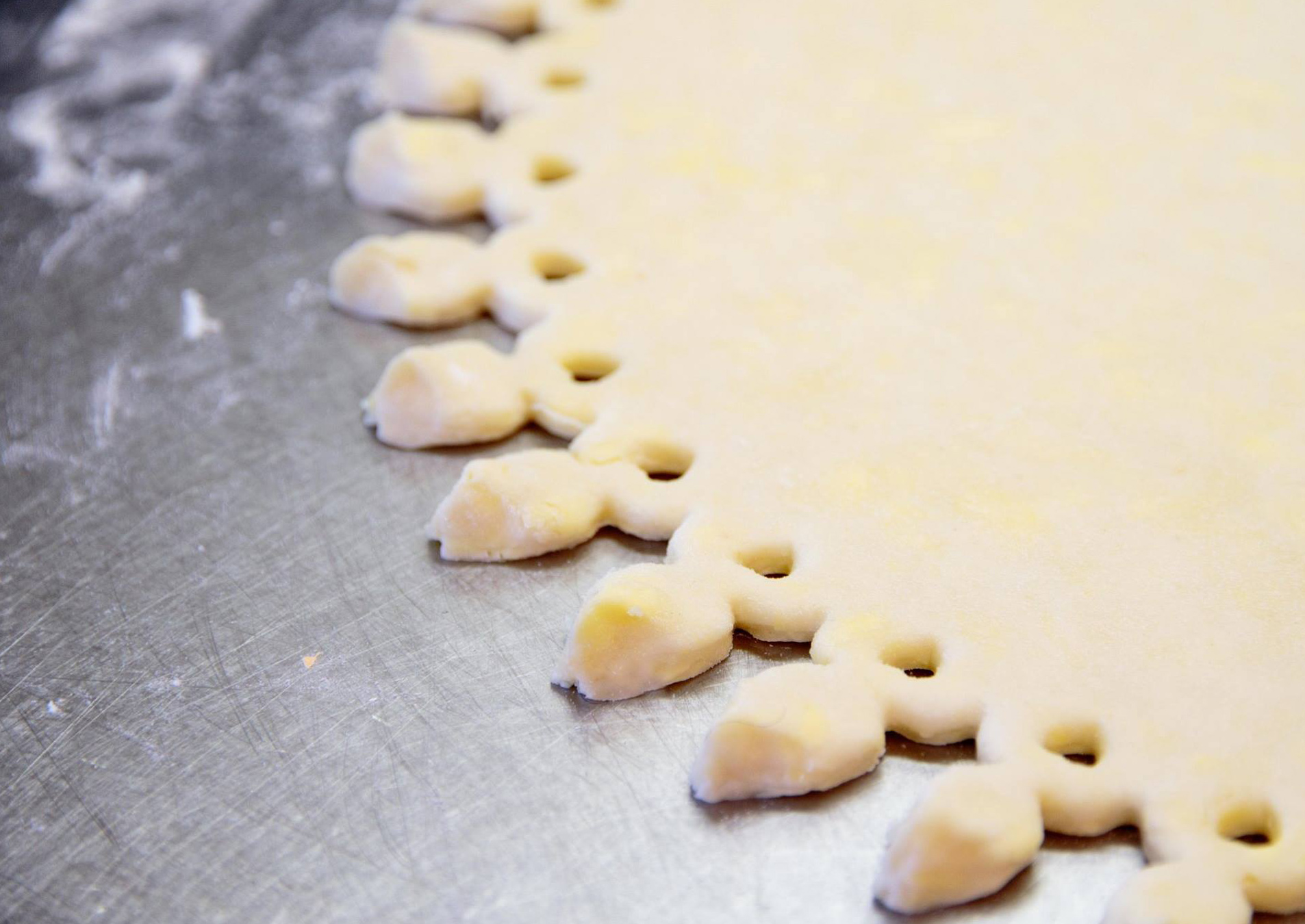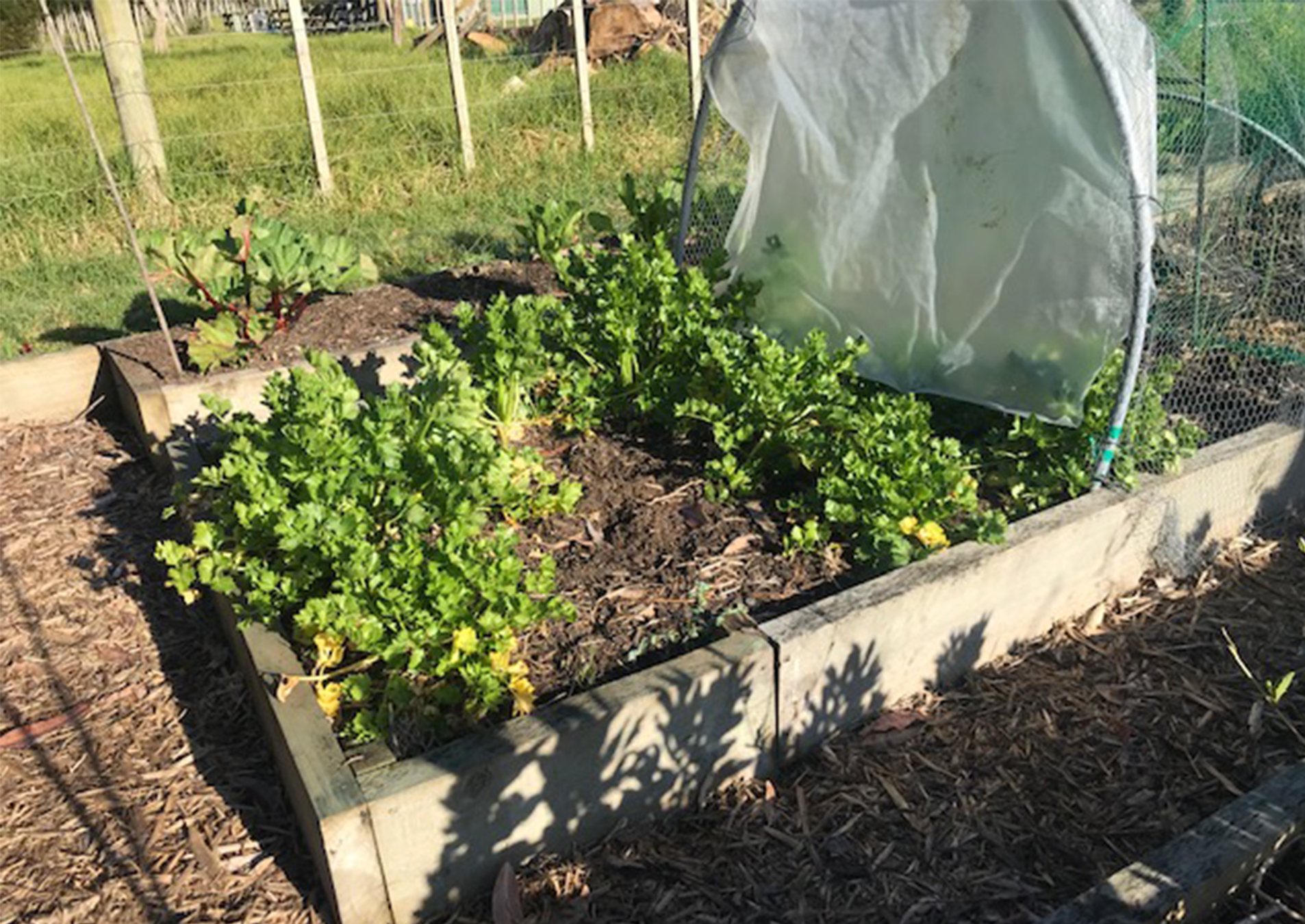
https://westgold.com/
Article content
"The flavour, texture and sweetness of a heritage tomato grown to ripeness in the sun versus the mass produced chemically ‘vine ripened’ alternative bears no comparison."
With the world the way it is, it seems appropriate to talk about local and regional seasonal food and produce, the growing popularity of local farmer’s markets and the links and relationships between the farmers or small holdings that grow or produce and the chefs and public who are increasingly concerned about the quality of what they are buying and its provenance.
While traveling the west coast of America a few years ago on a culinary tour from Vancouver to Los Angeles we visited a well-known farmers market in San Raphael, across the bay from San Francisco. Despite the need to battle the traffic of the Golden Gate bridge, many of the city chefs would make the journey to buy their produce here. It was summer. The variety and quality of produce was astonishing. Mostly organic, small produce, all locally produced within a 50km radius.
Who knew courgettes came in so many shapes, sizes and colours! Or plums! The stone fruit and berries were the highlight. Strawberries as I remembered them as a kid, lush, juicy, bright red and full of flavour. As we carried on down the coast to LA however, we started to see the proof of the other side of the story: hundreds of hectares of strawberry fields interspersed by hundreds of hectares of artichokes. I wondered who was eating them all! That night dessert arrived with a garnish of strawberry, small, hard, pale, tasteless…
As a chef it can be hard to get produce at its best – a vast majority of it is picked green to allow transport to buyers who then sell on to the end user. An order is put in, it arrives and becomes a bit of a lottery as to how good it is…it might be good enough to cook with but is it good enough to celebrate, served in glory on a plate?
We have really moved into Autumn in New Zealand, but even at the tail end of summer, one of the best salads to be eating should be a tomato carpaccio with mozzarella or burrata. The flavour, texture and sweetness of a heritage tomato grown to ripeness in the sun versus the mass produced chemically ‘vine ripened’ alternative bears no comparison.
This is one of the main reasons an increasing number of chefs are looking to form relationships directly with growers and producers for their supplies: eggs producers, small farm holdings, orchards. One chef friend bought a small herd of milk fed sheep to ensure the quality and provenance of the meat he received. It is now becoming more common for chefs to start their own holding, whether a fully-fledged farm which supplies the restaurant or even a kitchen garden for the salad and herbs, and perhaps a bee-hive or two on the roof!
A friend visiting recently from Mornington Peninsula, outside of Melbourne, who runs a 3-hat restaurant talked about their New Zealand chef who tries to buy only local. This has become a selling and talking point illustrating the increasing concern to customers who also want to know the provenance of what they are eating and paying for. Closer to home, a chef friend buys only New Zealand produce within a 100km radius of his restaurant. A very well-known Auckland café group list on their menu all the items they produce or grow themselves. This also then determines the ‘specials’ menu.
The 50 or 100km distance is interesting. The best apricots and cherries must be those in Central Otago. Something about the combination of terroir and climate, like the grapes. But notice the word ‘in’. Eat them there. Where you can get them perfectly ripe. They simply don’t taste the same or have the same texture if they have had to be picked and transported elsewhere!
It is that old adage about turning a weakness into a strong point. One of the issues of buying perfectly ripe fruit and vegetable is they have such a short shelf life so need to be turned over quickly.
Where I live in Northland, at the top of New Zealand's North Island, the hot dry summer brought on some incredibly intense fruit. For a few weeks a queue for strawberries started before market opening time of 8am and was all over in 20 minutes. The strawberry man packed up, his stall empty until the next week and now until next year. But don’t hang around, eat them that day or you’ll be making jam! This means buying less, more frequently, just what is immediately needed – I know one chef who orders his vegetables by the number. Relying on small producers for hand-picked quality also may mean a limited supply. For a chef this requires flexibility, including daily dishes, making the most of what’s best and when you run out, you run out. It is about changing perceptions and creating demand amongst customers, like the strawberry man, everyone queues, they know they are the best, they’ll make the effort, they have their cash ready. And they’ll be back!
Look at this stunning dish from Apero Wine Bar, Heritage Tomatoes with Burrata.

Thanks too to Apero for sharing the gorgeous tomato and vegetable photos.

These are the beautiful apricots mentioned in my blog above.



 Previous blog
Previous blog 


